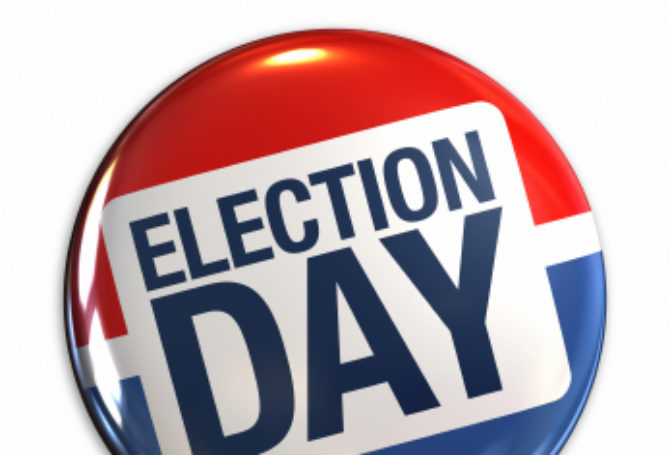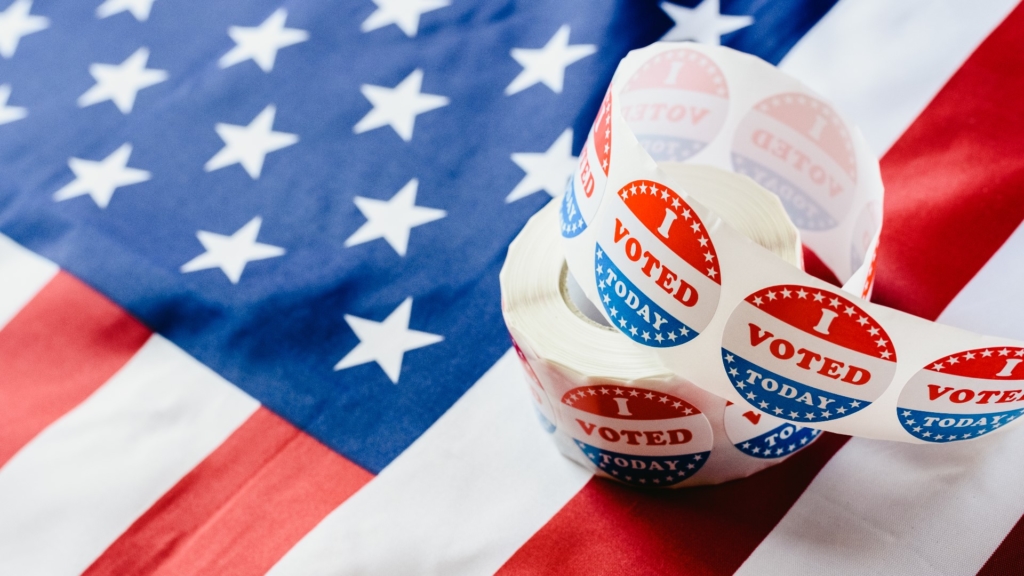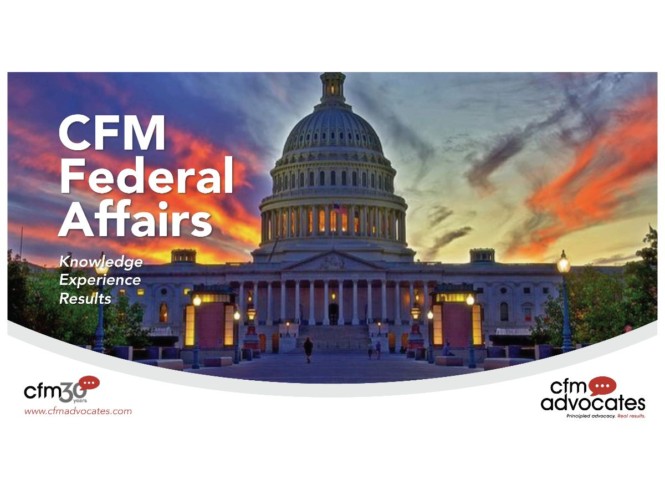
Many Oregon Voters Cast Ballots Before Election Day
Today is election day in America. US elections weren’t always on the first Tuesday following the first Monday in November.
Congress passed a law in 1845 setting the date for what we now call general elections. Prior to that, states were allowed to hold general elections within a 34-day window prior to the first Wednesday in December. The law was intended to “streamline” elections and prevent early-voting states from influencing later-voting states.
If a Tuesday in November seems random, there is an explanation. Like a lot of practices in America such as daylight savings time, the election date was chosen to accommodate agrarian America. In the 1800s, a significant percentage of voters worked on farms, often a far distance from polling places which required traveling. Tuesday was chosen because it allowed people to attend church on Sunday and get home in time for market Wednesdays. November was seen as the seam month between planting, harvesting and awful weather.
Elections in colonial America were what the History Channel describes as “booze-fueled parties”, many times paid for by candidates. As a result, some states, such as New York, New Jersey, Delaware and Hawaii, made election day a civic holiday, allowing adequate time to vote, party and recover from hangovers. There are contemporary calls to make election day a federal holiday on grounds voters wouldn’t have to take time off from work to cast ballots.

Election Dat has morphed into Election Week as it takes longer to count votes cast in person as well as mail-in and early voting.
Vote-by-mail and access to early voting have given election day a different aura than in days past when voters lined up to cast ballots in person on paper, in machines with levers and via electronic devices. Voting machines with levers or that produce paper ballots with hanging chads are basically extinct in America.
Voting in person still occurs throughout America, but 42 million Americans – potentially a third of total voters in this election – already have cast early ballots, surpassing a record set in the 2018 midterm election. In recent elections, large turnouts boosted by mail-in voting have benefitted Democrats, largely because they have encouraged early voting while Republicans have warned about its dangers.
Republicans in three battleground states have filed lawsuits challenging some early votes. They prevailed in Pennsylvania with a court ruling setting aside mail-in ballots cast by voters who neglected to put a date on the outer envelope, which Democrats are appealing. The Michigan lawsuit targets absentee ballots not cast in-person with ID. Wisconsin Republicans also convinced a state court to disqualify mail ballots without a required witness address. Republicans nationwide continue to urge their voters to cast ballots in person when that’s an available option.
Regardless of how or when votes are cast, election day is when votes, or at least some of them, are counted. It varies state to state in what order votes are counted. Some states count in-person votes first, which tend to inflate Republican votes. This led to the “red mirage” in the 2020 general election that led former President Trump to call for an end to vote-counting as mail-in ballots began to be tallied. Vote-by-mail states like Oregon and Washington just start counting.
Large turnouts require more time to count votes, which increasingly delays final vote tallies until the next day or sometimes the next week. Those lagging vote counts are inevitable when states allow valid ballots postmarked on election day but don’t arrive until days later. In tight races, those late-counted votes can provide the margin of victory.
The extended time it to takes to count votes has morphed election day into election week. Close races may be up in the air for days or longer. At stake will be control of the US Senate, a Washington US Senate race, Oregon’s gubernatorial race and the makeup of the 2023 Oregon legislature.
The 2022 midterm election in Oregon has seen spirited, attracting high-profile Republican and Democratic standard-bearers and record loads of campaign cash.
The 2022 midterm election in Oregon has seen spirited, attracting high-profile Republican and Democratic standard-bearers and record loads of campaign cash, which translated into more than 26,000 individual campaign ads appearing on Portland TV since Labor Day. Republicans believe they can capture one or two Oregon congressional seats (they only need five nationally to flip control of the US House). Republicans also are banking on the best shot in decades to put a Republican in the state’s governor chair.
Some political observers believe Republicans have a good chance to end the Democratic supermajority control in the Oregon Senate and House. They say a split 15-15 Oregon Senate is within reach for Republicans.
Washington Democratic Senator Patty Murray is facing a stiffer re-election than expected. And Washington’s Third Congressional District has captured national attention, pitting a Trump-endorsed Republican who unseated a GOP incumbent against an unconventional Democrat with rural ties and viewpoints.
The United States may be a world leader, but not a leader in election days. In the European Union, elections occur over a four-day period, from Thursday through Sunday. Many nations hold elections on Sundays. A few countries hold elections on Saturdays. Indonesia voters cast ballots on Wednesdays. Even a handful of states hold non-federal elections on a date other than the first Tuesday following the first Monday in November.




